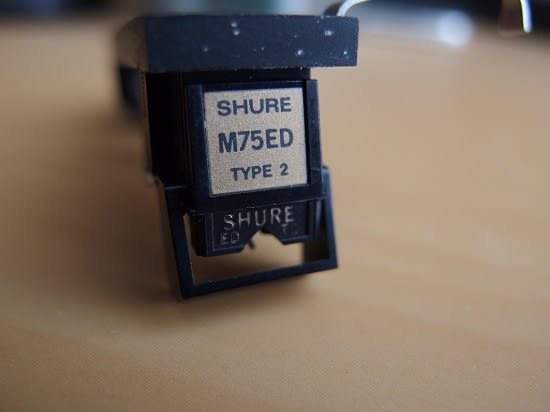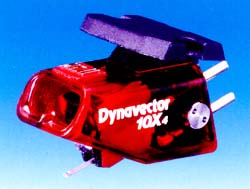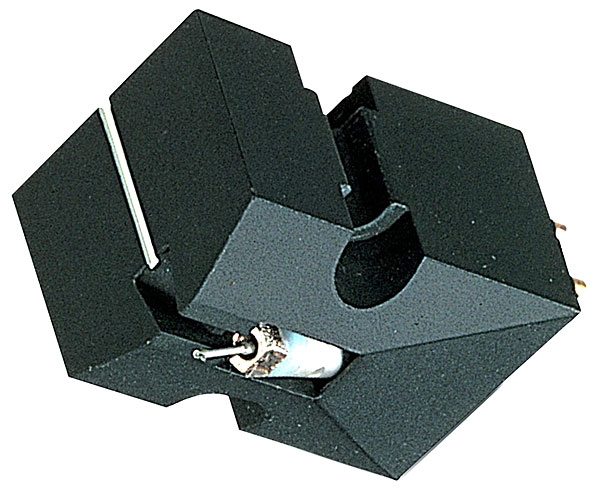It’s been a long time, but if you time-traveled to the mid-1970s and conducted a poll of the most popular phono cartridge on the market, this would undoubtedly come out on top. Between 1974 and 1979, the Shure M75ED ‘Stereo Dynetic Cartridge’ appeared on practically every new turntable on the market. Of course, your Linn Sondeks didn’t go nearly as cheap, but when you consider that the majority of new decks are around £100 – and many are under £50 – this mid-priced Shure was ideal.
It was largely due to the size and history of the American corporation. Shure Brothers Incorporated, which was founded in 1925 and specialized in phono cartridges and microphones for a long period, had a large international distribution network. But it was also due to the fact that the M75ED sounded great in its own right, and was quite appropriate for the moment.
The moving magnet cartridge’s ultimate hurrah occurred in the 1970s. They’re still around today, but due to the broad selection of great moving coils now available, they’re significantly less well appreciated. The Shure embodied the inexpensive moving magnet of the decade, costing around £15, and featuring the (then) very exotic elliptical stylus. This was a significant advantage, as the hi-fi market was still fascinated with record wear, and elliptical styli were generally superior to their spherical counterparts in this regard. It tracked between 0.75g and 1.5g, which was a revelation compared to domestic rivals like Goldring’s G850, whose spherical tip tracked at 3g. Even if the Shure’s very low tracking weight wasn’t as advantageous in the groove as it was in the showroom, this meant a lot to most record consumers back then…
The M75ED was a low-mass device, weighing 6.2g and featuring a 720 millihenries inductance, 630 ohms DC resistance, and a 47k ohms optimal load. Shure said it was compatible with all four channel matrix systems for quadraphonic application, and it could be configured to work in mono. It had a detachable stylus with built-in guard, as was standard, and its soft plastic body was simple to fit, use, and cue. It was perfect for low-to-medium mass tonearms because of its relatively high compliance design, and it found a willing companion in the SME Series III, which swept the hi-fi world by storm in 1978. Prior to that, most people’s ideal home for the SME3009 S2 was the SME3009 S2.
The M75ED has a distinct sonic signature. It was a stark contrast to pricing rivals like the Ortofon FF15E, which was powerful, punchy, rapid, edgy, forceful, propulsive, and entertaining. The Shure was the polar opposite of the latter, lacking subtlety and proportion – everything is shoved directly into you and given in a laceratingly rapid and exhilarating manner. The Shure actually suited the soft, silky sounding budget turntables of the time — Pioneer’s PL-12D and Trio’s KD-1033 were perfect mates.
You don’t buy an M75ED these days because it has the best sound. Rather, it performs in a very ‘period’ manner, and is a mechanical match for SME 3009s and other low-mass tonearms from the late 1970s. Surprisingly, for something that was previously so common, secondhand prices are now high, indicating that collectors hold them in high respect. Depending on the quality, overall ‘mileage,’ and origin, expect to pay £30 to £70.







